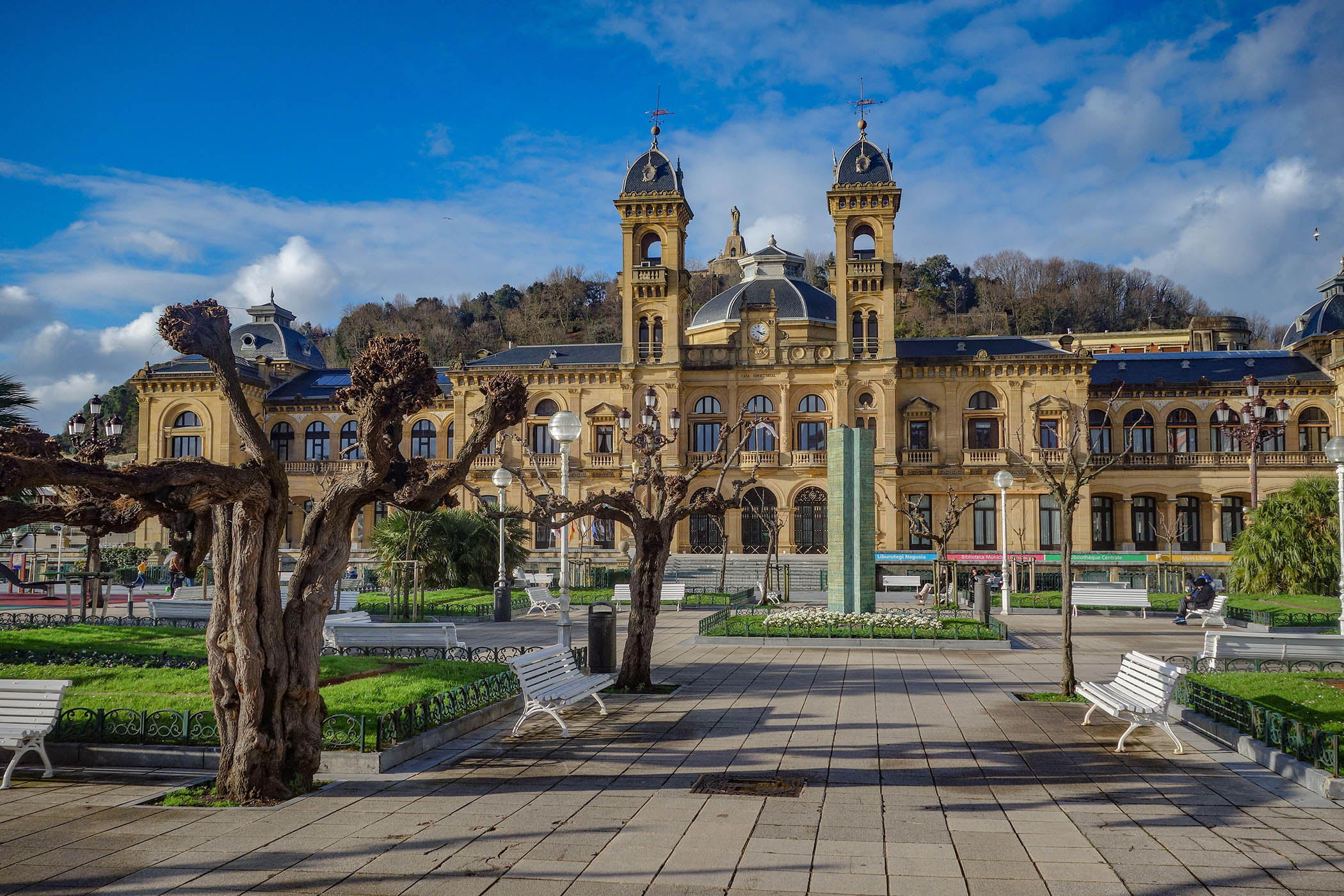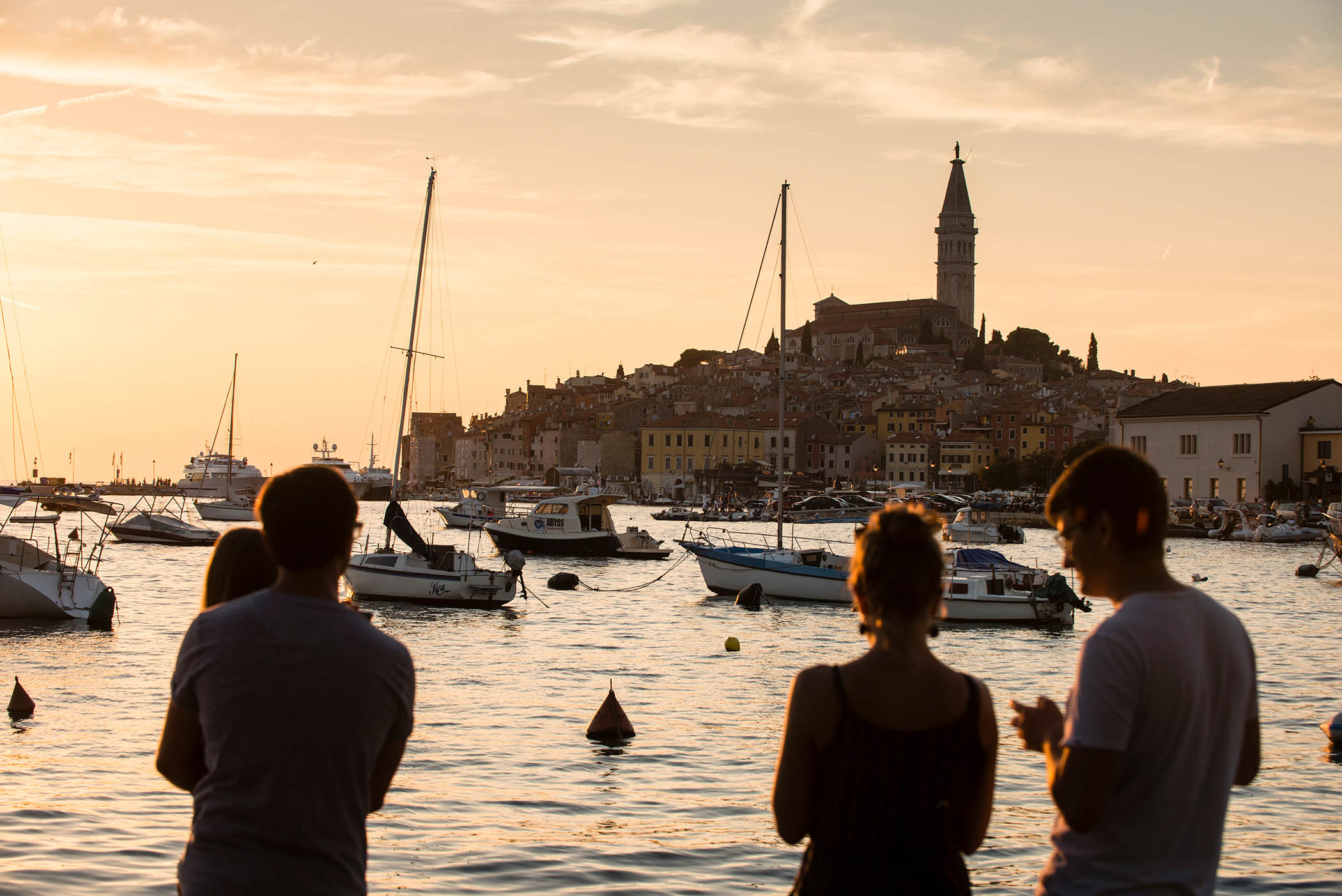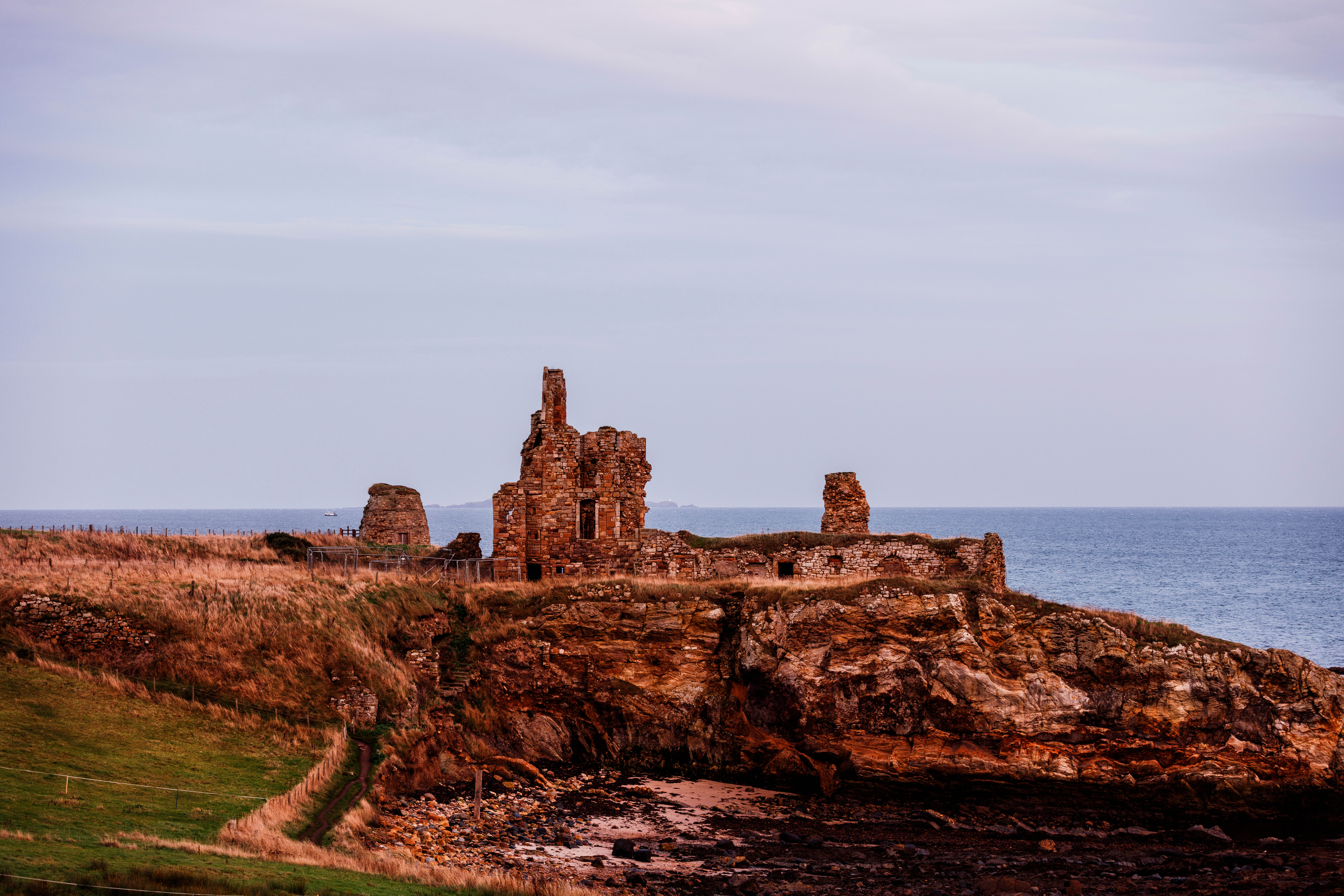
Four writers reveals their favourite less-visited spots in the UK, all of which are ideal getaways at this time of year
Fife’s East Neuk: the Isle of Skye is a gem – but it’s a tourist-heavy one, so head to this often ignored part of Scotland. By Chiara Wilkinson
The scenery may be less dramatic, but this rudely overlooked corner of Scotland – tucked between the Firth of Forth and the Firth of Tay – offers all of the coastal beauty and culinary clout of its westward island sibling, minus the selfie-takers and fully booked B&Bs. In its own quiet way, Fife wins me over every time.
I’d say, focus your route around the East Neuk (“neuk” being a Scots word for “small corner”), a string of pastel-coloured fishing villages that has become an in-the-know foodie destination. The villages are linked by the Fife Coastal Path – a 117-mile walking trail starting in North Queensferry, a 20-minute train ride from Edinburgh, and ending at the Tay Bridge, across from Dundee. From the Central Belt, it’s incredibly easy to get to; as a former local, I have fond memories of wading through rock pools during summer holidays and stocking up on Scotch pies from Fisher and Donaldson bakery. I’d recommend allowing yourself a week to explore the area properly, to fully indulge in its wild-flowered sand dunes, butterscotch-coloured beaches and ferocious North Sea views.
Start at Elie: go for a dip at Ruby Bay, then unwind at Elie Seaside Sauna by the bay. As a recent contrast-therapy convert, there are few settings more sublime to brave the icy sea and get a sweat on. For a treat, there’s the award-winning Kinneuchar Inn, an exquisite gastropub a five-minute drive inland. A word of advice: don’t skip the specials board. The coastal path leads you past the romantic, ruined Ardross Castle – a ruin in the truest sense of the word; the first time I visited, I almost missed it. The lovely coastal walk continues on to St Monans. Stay at Catchpenny Safari Lodges and spot dolphins as you sit around your fire pit at sunset. Friends of mine have seen entire pods playing offshore. I’d say, plan your trip to coincide with one of Bowhouse’s famed monthly field-to-fork markets on Balcaskie Estate. While you’re there, go for brunch at Baern Café and check out Futtle brewery and record shop. They also run regular live gigs and fermentation workshops, in case you weren’t yet convinced of its cool credentials.
Follow the coastal path through the arty wee town of Pittenweem and stay a 10-minute walk inland at the Tree Houses at Madeira, to enjoy a luxurious outdoors bath. Pass through Anstruther, one of the busier towns en route. Instead of queuing at the famed Anstruther Fish Bar (if it’s anything like my last visit, you could be waiting a while), head to its neighbour, the Wee Chippy, which is just as good. I like to wash down my fish supper with a cider from the small-batch cider shop Aeble.
A ferry trip to the Isle of May nature reserve is another favourite – it’s a spectacular, rugged island home to grey seals, puffins and seabirds. A waterproof jacket is essential. To really kick back, head to Anstruther’s quieter little sister, Cellardyke, and clear your head with a wild swim in its recently restored 1930s tidal pool. If you can’t stomach the cold, rent a wetsuit from East Neuk Outdoors, which also offers kayaking and paddleboarding.
Related articles:
On your dauner over to Crail, look out for the Caiplie Caves (“the coves” if you’re local), purportedly a site of early Christian worship with mysterious Pictish inscriptions. Shop at the uber-cute Crail Pottery: you may, like me, end up convinced you need a ceramic lemon squeezer and new set of glazed espresso cups. Then, enjoy a fresh – and reasonably priced – lobster roll from Reilly & Sons on the miniature harbour. A stay at the Shoregate, a pub with four vibrant, curated bedrooms (one has an Ercol chair, all feature interesting paintings), is in order, and you’ll be dining with locals at its destination restaurant.
The last leg of an East Neuk trip, and the one I love most, is the walk to Kingsbarns – a less-busy alternative to St Andrews, with another prestigious sea-view golf course and no Trump in sight. There’s also Kingsbarns Distillery for whisky tours and the fantastic golden sands of Kingsbarns beach. To finish in style, stay at the Peat Inn, a Michelin-starred restaurant with rooms, a 20-minute taxi ride inland. If time allows, do wander through nearby Cupar before catching the train – I’ve found a fair few gems in its charity shops over the years.
The Loop Head Peninsula: avoid the well-loved Cliffs of Moher and instead head to this quieter spot in County Clare. By Vic O’Sullivan
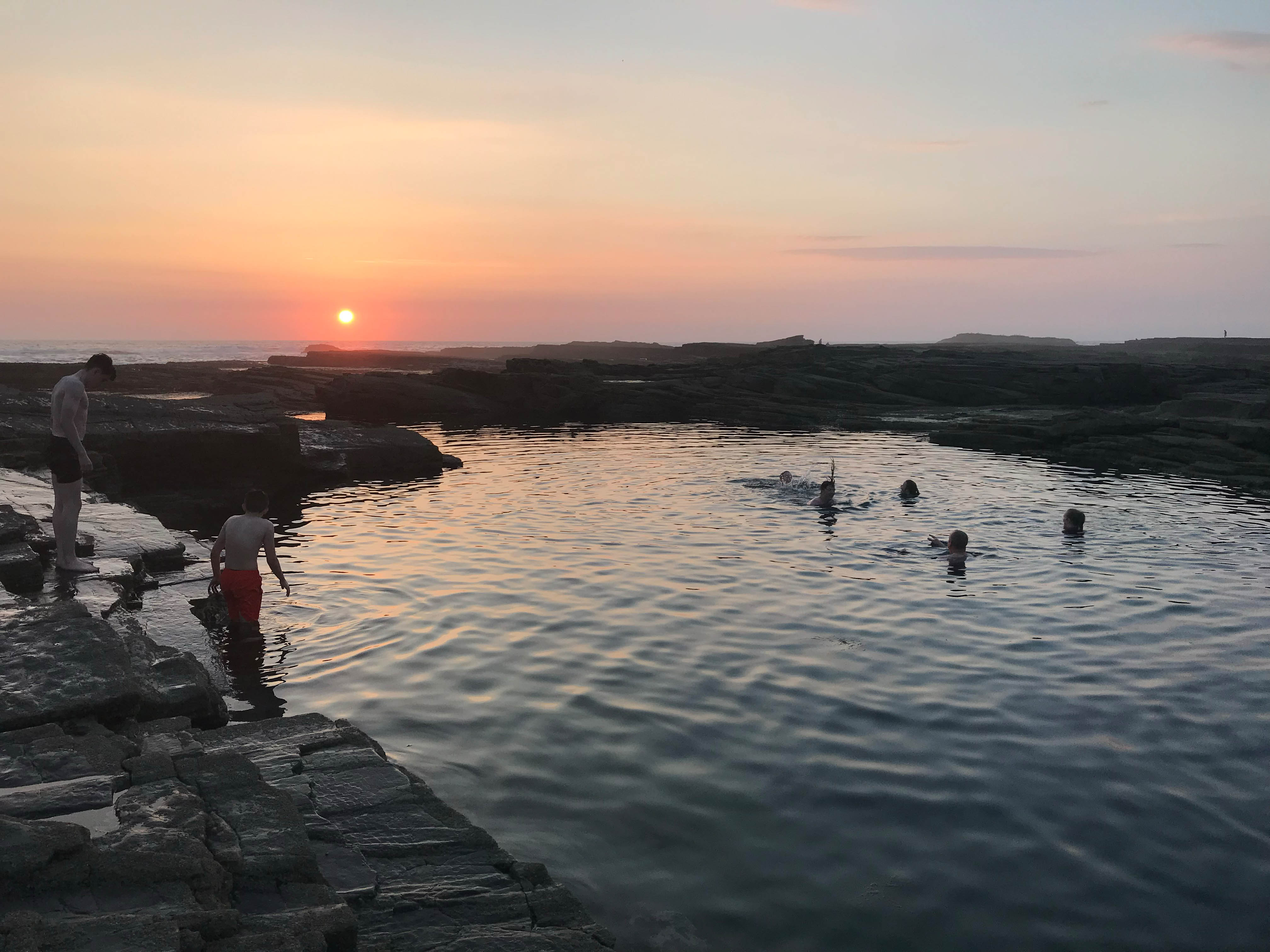
With the Aran Islands hovering offshore, the Cliffs of Moher promise Ireland at its most dramatic. There’s no denying the fact, which is why filmmakers have been captured by their spell: The Princess Bride, Ryan’s Daughter, Harry Potter… the list goes on. The tourists have followed in their camera’s wake, by the million. Today, the Cliffs of Moher’s magnificent sweep along miles of County Clare’s coastline can feel like a box to tick, a mandatory Instagram backdrop shared with strangers you’ll never meet.
I have a beguiling alternative: the cliffs at Loop Head. Travel 60km southwest in County Clare, and you’ll reach them, there on the true edge of Ireland. The cliff views are just as panoramic; the Atlantic is just as restless, with seabirds wheeling and diving above. But instead of crowds, there are wide skies, landmarks braided in myth, and a headland carved by the tidal pull of the Shannon on one side and the ocean on the other.
At the peninsula’s tip, Loop Head Lighthouse stands guard, its white tower visible for miles along the shoreline. Between it and the cliff edge, painted in giant letters, is the Éire 45 sign, a wartime relic that once told Allied pilots they were flying over neutral ground. I’ve spent nights in the lightkeeper’s lodge with the wind shrieking over the roof. A short walk away, waves hammer a lonely sea stack that, in legend, is where Diarmuid and Gráinne hid from a spurned Fionn MacCumhaill. Folklore clings to these raw edges of Ireland.
Driving the Loop is an adventure in itself. The road sometimes feels cut straight into the cliff, a white-knuckle ribbon with the Atlantic falling away beneath. It rewards stopping often; at blowholes, tucked-away beaches, and the peninsula’s most fabled formation, the Bridges of Ross. Once three natural arches, Atlantic erosion has left just one. I went looking last autumn, half-expecting it to have collapsed, too, but there it stands, battered and magnificent, gulls wheeling overhead and beneath.
Loop Head drifts along at its own pace. Kilkee, once a fashionable resort, still carries traces of its Victorian heyday. Writer Charlotte Brontë's Irish husband brought her here for their honeymoon in 1854. There’s still a bandstand and handsome facades along the promenade, though the grandeur has softened into a weathered charm. Its horseshoe-shaped beach, pollock holes and cliff walk remain spectacular. North of town, Morrissey’s pub sits at a bend of the Doonbeg River. Inside, it hums with conversation and the clatter of plates. Seafood chowder, turf-smoked salmon and a slab of brown bread still warm from the oven. It’s food rooted in the local landscape.
Further west, I pulled off the road at Kilbaha and stepped into Our Lady Star of the Sea Church. Inside, a side chapel shelters the Little Ark, a wooden cabin on wheels. In the 1850s, when a landlord prohibited Catholics from worship on land, the parish priest rolled this Ark to the shoreline and said Mass with the tide lapping at its wheels. To stumble across it is to encounter an unassuming relic of Irish defiance in the face of oppression, a spirit that has never quite ebbed.
The Shannon estuary adds its own mythology. Offshore lies Scattery Island, once home to St Senan, who banished a serpent before founding his monastery. Today, its ruins and round tower remain, reached by ferry from Kilrush and often trailed by pods of dolphins that thrive in the estuary.
And then there are the evenings. At Carrigaholt, we slipped into the Long Dock after a windswept day. The barman built up the fire, poured a pint and summoned a chef to produce a bowl of chowder that thawed the soul. It felt less like eating out, more like being welcomed into a home.
This is slow, savoured travel, the kind the Cliffs of Moher once offered before the world discovered them. Cyclists follow the Loop Head Cycleway, walkers ramble to headlands and blowholes, and eventually everyone ends up in Keane’s Pub on a ghost-quiet road, where the Guinness seems to pour more slowly and creamier.
So yes, go to the Cliffs of Moher and take that perfect photo. But when you're ready to swap the queues for stillness and walk where history and legend meet at the edge of Ireland, Loop Head will be there waiting.
South Downs Way: don’t walk the South West Coast Path, make tracks for this trail that will lead from Lewes to the sea. By Jon Woolcott
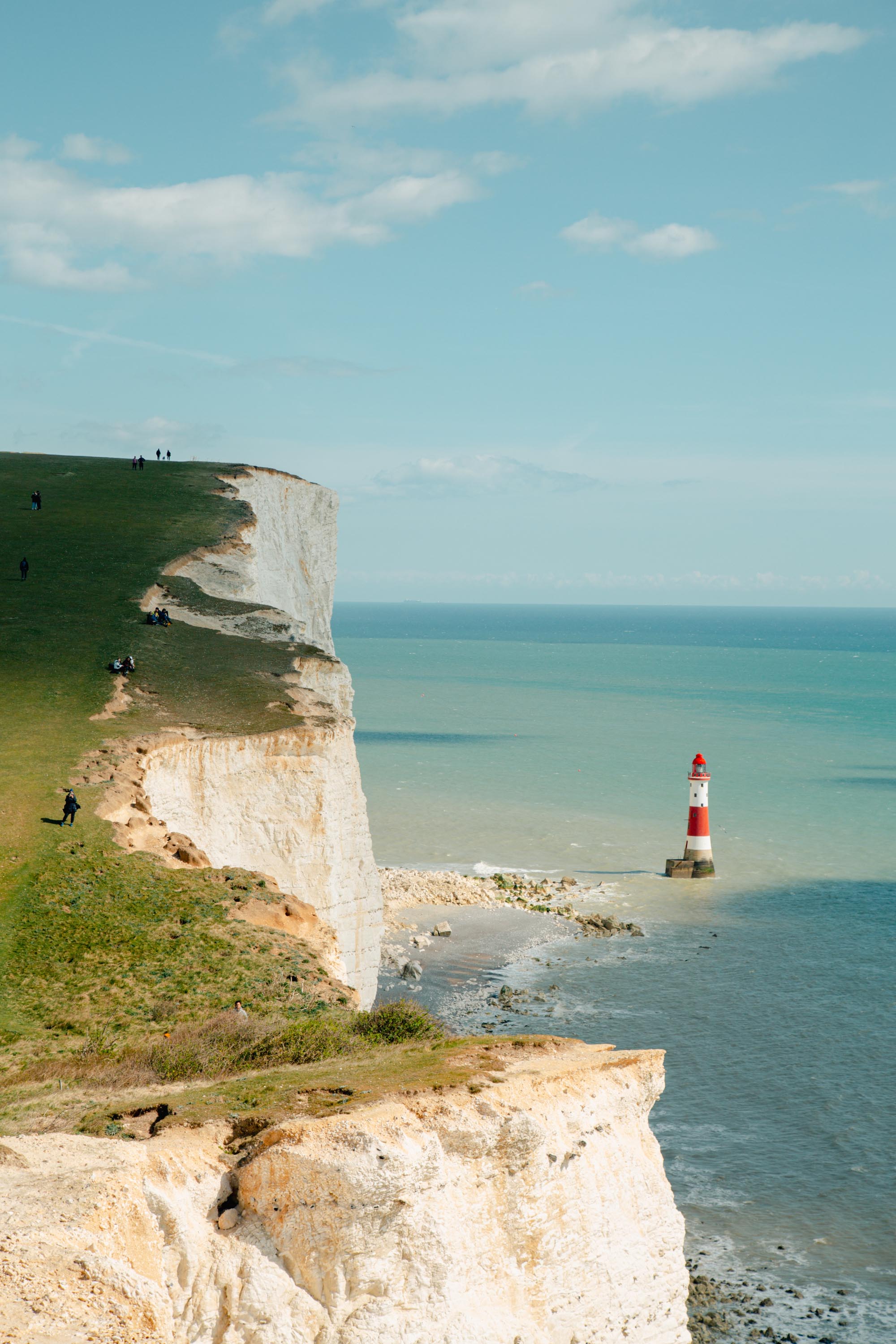
I’ve walked many miles of the South West Coast Path. It’s beautiful, but it's sometimes steep – a few miles on the map can make for a day’s hard hiking, as Simon Armitage pointed out in his book Walking Away; Instagram has made it congested in parts; and this salty path has left a bitter taste in the mouth.
Time for a change, and if it’s air, light and history you crave, the South Downs Way has it all. A 100-mile trail running from Winchester to Eastbourne, this ancient track once took travellers across the hills towards Stonehenge and Avebury. My favourite section is its most easterly, where the high chalk downland dips towards the sea, a long-settled landscape of barrows and intriguing mysteries, and one settled by artists and writers, too.
To tackle this section, start with an eight-mile walk, beginning at Southease Station, close to the River Ouse, and ending at the pretty Alfriston village. To start, follow (the admittedly steep) path that overlooks Furlongs, the flint shepherd's cottage where Eric Ravilious and his wife Tirzah Garwood stayed as guests of the artist Peggy Angus, and which reacquainted Eric with his Sussex roots.
Up on Firle Beacon, you are rewarded with extraordinary views towards the North Downs and the High Weald. Sussex is steeped in a particular flavour of folklore – goblins and dancing skeletons abound, and at Firle Beacon, a legend tells of a giant who threw a boulder at another on Windover Hill, represented by the famous Long Man of Wilmington.
From Firle Beacon, leave the path and descend to Charleston below. Arriving at the farmhouse on foot, slipping into its liveable, colourful rooms is as if you were visiting Vanessa Bell or Duncan Grant. Visit on quieter weekdays and you’ll feel as if a member of the Bloomsbury Group has momentarily left you alone in their home.
A long downhill stretch from Firle’s high point leads you down to Alfriston, a perfect place to make a base, after the eight-mile walk. Alfriston is an abnormally pretty town of vernacular tile-hung architecture, and one can see why Denis Healey and his beloved wife Edna chose to make it their home. Independent shops crowd the high street – take time especially to visit Much Ado Books. I like to stay at the welcoming, recently renovated inn, The Star – my wife and I feel like medieval pilgrims in its dark panelled dining room. The pagan-minded may prefer The Long Man Inn at Wilmington, which has attractive, reasonably priced rooms, or Jackson’s Cabin, a cosy holiday home with wide views to the Downs.
On a recent visit to Wilmington Priory – an ancient religious house now in the care of the Landmark Trust – we find ourselves under the limbs of an enormous, 1,600-year-old yew tree in the churchyard. It was bending over the graves, supported by long wooden poles. Yews are symbols of pre-Christian belief; generations have found spiritual meaning here. These semi-mystical thoughts were enhanced by the view to the Long Man of Wilmington; skirting the figure was our route back to the South Downs Way.
Nobody knows why or when the Long Man was cut into the chalk. He might be a seventh-century image of the Saxon God Woden, or a much later carving, enhancing the view for secular owners of the Priory. This wandering spirit of the Downs has a beguiling pull – the photographer Lee Miller and her husband the surrealist Robin Penrose lived within view of the Long Man; Penrose painted a Sussex landscape on to the brickwork of their inglenook fireplace with the figure as a Sun God, watchful and protective. Farleys, their home, is a surprisingly moving, intimate journey through their lives and has a surrealist sculpture garden and gallery. Miller will be celebrated with a retrospective at Tate Britain next month .
The path divides on Windover Hill – we chose the route to the sea, stopping at the tiny, isolated Church of the Good Shepherd, the smallest in Sussex, a place with a special atmosphere which inspired a song by the band Sea Power. Walking this lower ground, we passed another chalk carving, the Litlington White Horse peeking over the hill, and followed its nose to the snaking, eel-like Cuckmere river, an estuarine landscape of meadow pipits, sandpipers and egrets. At Cuckmere Haven, where the river drains into the Channel, cottages huddle against the backdrop of the great chalk cliffs of the Seven Sisters. This view is an emblem for a timeless England, but it’s not immune from history – this part of Sussex was infamous for its ‘free traders’ – smugglers who landed up to 2m gallons of gin at Cuckmere Haven in the 1780s alone.
The undulating wide grassy path over the Seven Sisters and Beachy Head above the sparkling sea is a spectacular conclusion to the 12 miles since Wilmington Priory; lucky walkers will spot ravens performing untidy airborne rolls, seemingly for fun. Tea at the café at Birling Gap demonstrates how friable these cliffs are – the Coastguards’ station on the opposite side of the car park has been slowly slipping on to the beach below for the last century. Despite this, the land retains its timeless quality – not far on is an instantly recognisable view of Beachy Head lighthouse, exactly as it was painted by Ravilious in 1939, a fitting finale to days exploring this ancient path.
Jon Woolcott is the author of Real Dorset and The Tattooed Hills: Journeys to Chalk Figures (2026), and is the editor of the anthology Going to Ground (@dorsetjonw)
Woodbridge and the surrounding area: for good reason, Walberswick and Southwold are popular. But Suffolk has many other delights. By Emma Cook
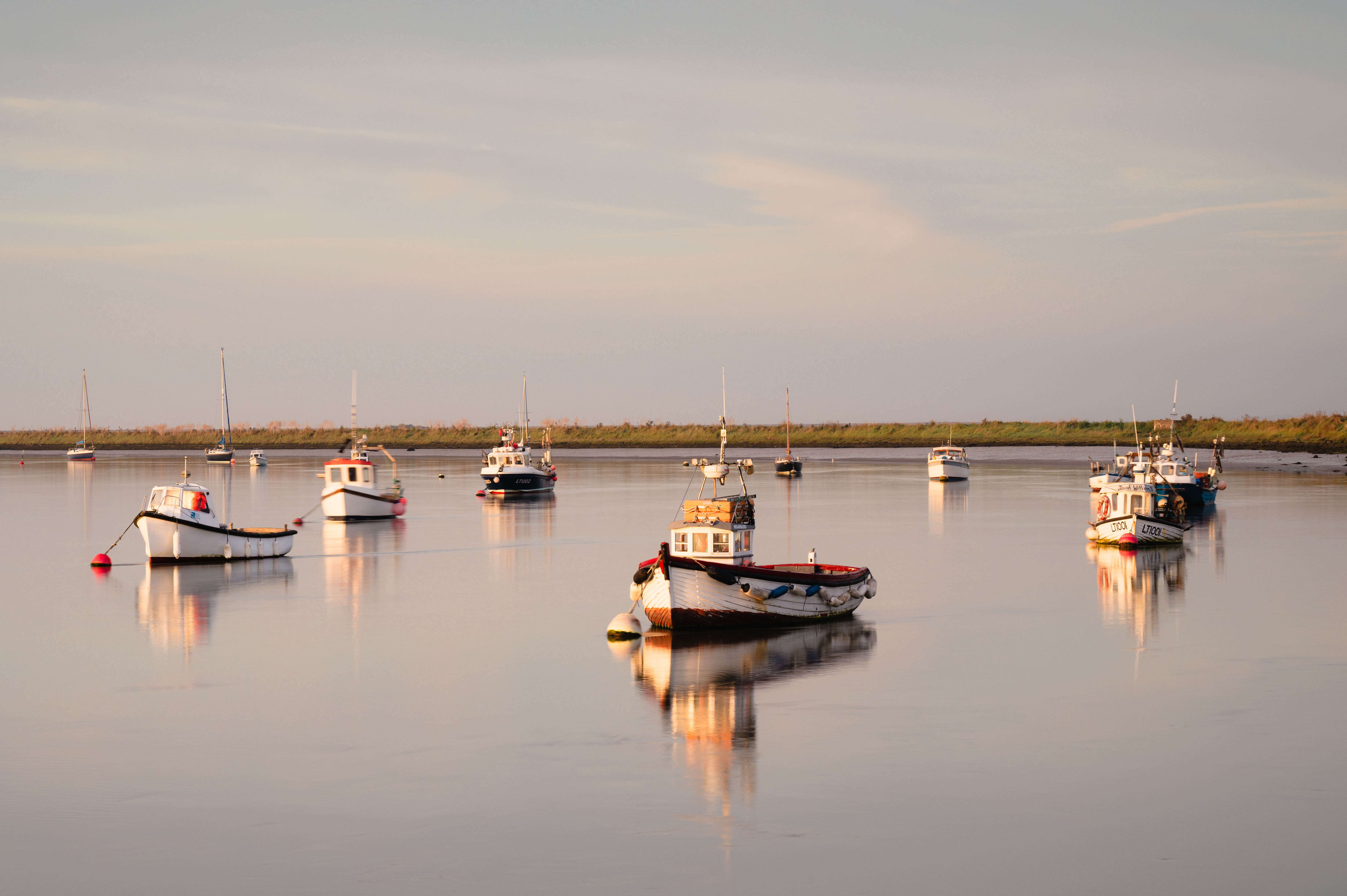
I’m around six-years-old, in a deep, dark wood, walking between my mother and father with towering pines either side of us. It feels endless, empty, otherworldly. Shadow and sunlight, velvet silence, the aroma of pine needles. Warm, damp earth underfoot and a vast Suffolk sky overhead. It’s a memory that becomes more dreamlike as the years float by.
When I tell people I grew up in Ipswich, interest swiftly turns to Southwold and Walberswick. It’s easy to see why those towns appeal, but for me, the greater draw in East Suffolk is Rendlesham Forest, where I walked as a child, and the town of Woodbridge, perched on the River Deben with views across the estuary. Woodbridge is less gentrified than either Walberswick or Southwold, and the surrounding area is wilder, eerier, rich in history and way more atmospheric.
Rendlesham Forest is an area of outstanding beauty. It’s also still steeped in mystery, thanks to the unexplained sightings of UFOs back in 1980 when strange red lights, even a flying saucer, were spotted - there’s a UFO trail you can follow in the forest recounting the UK’s equivalent of the Roswell Incident.
In my teens, I couldn’t wait to exchange sleepy Suffolk for London, but now I find I’m drawn back to those enchanted woods.
My best friend from Ipswich lives in Woodbridge and always tries to lure me home – it’s not hard to do, given its pretty market square, Georgian town houses, gastropubs and art galleries. When I visit her, we usually start with a hearty breakfast at New Street Market – a café, bar and store where you can find all sorts of unexpected treasures, from local cider to Mexican rugs. For handcrafted homeware and local art, there’s the Merchant's Table and Gallery East, both on Church Street. Maeve’s tea room, a local favourite for coffee and a chocolate brownie, is nearby.
Just outside the town is the ancient site of Sutton Hoo, famous for its Anglo-Saxon burial dating back to the seventh century. Ten minutes away, wander through the medieval forest of Staverton Thicks, with its gnarled old oak trees that date back 4,000 years – the area was first recorded in 1268. But to really appreciate this stretch of landscape with its open skies and coastal flats, head for the water. Hire a canoe from Suffolk River Trips and paddle seven miles down river from Woodbridge to Felixstowe Ferry.
My childhood was peppered with trips to the shingle beach of Felixstowe with its faded 1920s seafront – Wallis Simpson retreated here in 1936 while she waited for her divorce to come through, the perfect place to lie low. It could never rival Southwold in popularity, but that only adds to its eccentric charm. Locals love Cuppa for a coconut latte and homemade focaccia, and cherish Still Water, their delightful local bookshop. From here, a short crossing over the River Deben by foot ferry takes you to Bawdsey, a striking stretch of coastline that’s home to Bawdsey Manor and the world’s first operational RADAR station. I like to round off any trip with a visit to Orford for craft chocolate at the Pump Street Bakery, smoked fish at Pinney’s, and half a dozen plump Suffolk oysters at Butley Orford Oysterage, ideally washed down with a glass of local Staverton fizz.
Stay at a rustic cabin for two from £78 (airbnb.com/l/73N8W23r) or the Bull Inn, which has double rooms from £142
All photographs by Getty Images
Editor’s note: our recommendations are chosen independently by our journalists. The Observer may earn a small commission if a reader clicks a link and purchases a recommended product. This revenue helps support Observer journalism.
